Piper aligns with educational standards to guide student work and enhance their learning experience through hands-on engagement in computer science. Students explore inputs, outputs, coding, and the use of sensors, delving into STEAM concepts and ideas. To support this, Piper provides detailed standards alignments, aiding both student learning and teacher implementation.
These standards alignments are organized by phase, making them valuable for teacher planning, coaching, collaboration, and as reference points during instruction. Review the individual set of standards below for more information.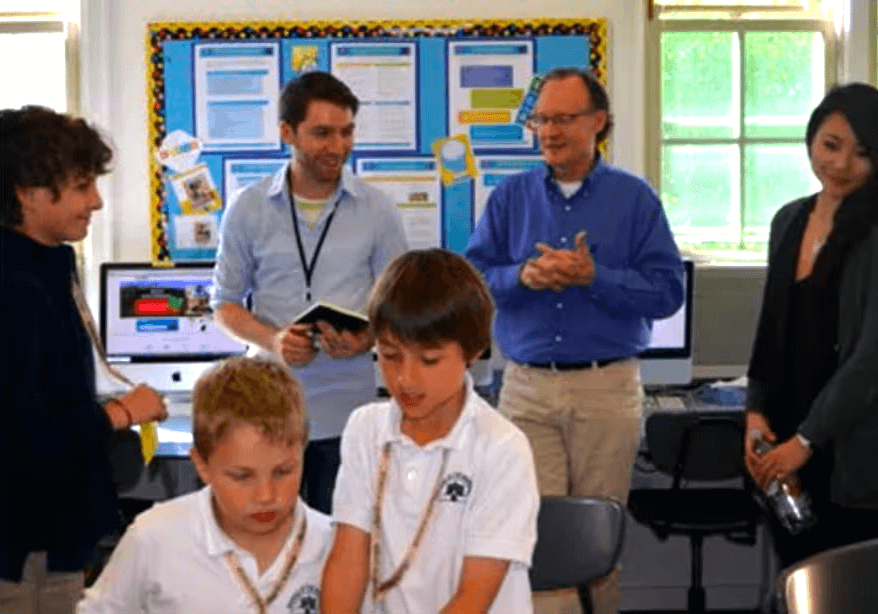
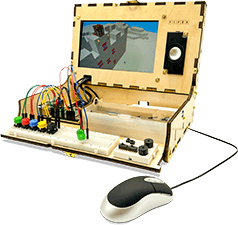

Piper has worked to align the experience with the K12 Computer Science standards that form the basis for many state adoptions in computer science in the US. Moreover, The Association for Computing Machinery, Code.org, Computer Science Teachers Association, Cyber Innovation Center, and National Math and Science Initiative have collaborated with states, districts, and the computer science education community to develop conceptual guidelines for computer science education.
The K–12 Computer Science Framework comes at a time when our nation’s education systems are adapting to a 21st century vision of students who are not just computer users but also computationally literate creators who are proficient in the concepts and practices of computer science. This focus aligns with the mission for Piper to foster creators of knowledge rather than consumers of knowledge. Particularly for those students that traditionally have not had access to computer science and careers in STEM. States, districts, and organizations can use the framework to inform the development of standards and curriculum, build capacity for teaching computer science, and implement computer science pathways.
The framework is designed to guide computer science from a subject for the fortunate few to an opportunity for all.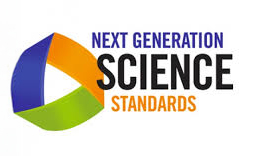
The key point of the new NGSS standards are to use performance expectations (PE) to show what students should be able to know and do by the end of instruction. Each performance expectation integrates the NGSS three dimensions introduced in the National Research Council's A Framework for K-12 Science Education enabling students to learn science by doing science.
The three dimensions or 3-Ds are:The NGSS look completely different than previous science standards and implementing them requires a major shift in classroom instruction and learning. Piper helps with this new shift by addressing the 3 dimensions of science instruction.
Beginning in elementary, students in kindergarten through fifth grade begin to develop an understanding of the four disciplinary core ideas: physical sciences; life sciences; Earth and space sciences; and engineering, technology, and applications of science. In the earlier grades, students begin by recognizing patterns and formulating answers to questions about the world around them. By the end of fifth grade, students are able to demonstrate grade-appropriate proficiency in gathering, describing, and using information about the natural and designed world(s). The performance expectations in elementary school grade bands develop ideas and skills that will empower students to explain more complex phenomena in the four disciplines as they progress to middle school and high school. While the performance expectations shown in kindergarten through fifth grade couple particular practices with specific disciplinary core ideas, instructional decisions should include use of many practices that lead to the performance expectations. The standards spiral through secondary education with performance expectations building on previous conceptual development and progressing to more age appropriate and grade level rigor.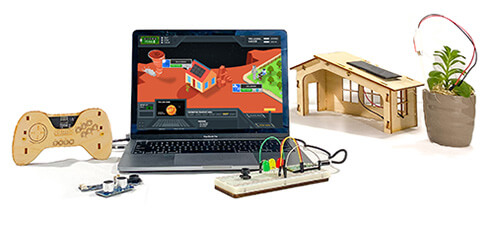
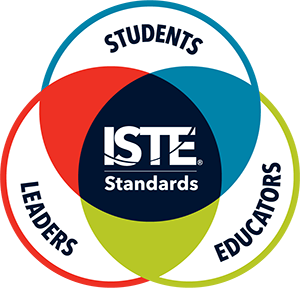
Global Collaborator (1.7)
Students use digital tools to broaden their perspectives and enrich their learning by collaborating with others and working effectively in teams locally and globally.
1.7.c Project Teams
Students contribute constructively to project teams, assuming various roles and responsibilities to work effectively toward a common goal.
1.7.d Local and Global Issues
Students explore local and global issues, and use collaborative technologies to work with others to investigate solutions.
Computational Thinker (1.5)
1.5.a Problem Definitions Students formulate problem definitions suited for technology-assisted methods such as data analysis, abstract models and algorithmic thinking in exploring and finding solutions.
1.5.b Data Sets
Students collect data or identify relevant data sets, use digital tools to analyze them and represent data in various ways to facilitate problem-solving and decision-making.
1.5.c Decompose Problems
Students break problems into component parts, extract key information and develop descriptive models to understand complex systems or facilitate problem-solving.
1.5.d Algorithmic Thinking
Students understand how automation works and use algorithmic thinking to develop a sequence of steps to create and test automated solutions.

Computer science and the technologies it enables rest at the heart of our economy and the way we live our lives. To be well-educated citizens in a computing-intensive world and to be prepared for careers in the 21st century, our students must have a clear understanding of the principles and practices of computer science.
The CSTA K–12 Computer Science Standards delineate a core set of learning objectives designed to provide the foundation for a complete computer science curriculum and its implementation at the K–12 level.
To this end, the CSTA Standards:The standards have been written by educators to be coherent and comprehensible to teachers, administrators, and policy makers.
Levels 1A, 1B, 2, and 3A are the computer science standards for ALL students. The Level 3B standards are intended for students who wish to pursue the study of computer science in high school beyond what is required for all students (specialty or elective courses).Connection to the K-12 Computer Science Framework
The K–12 Computer Science Framework (k12cs.org) provides overarching, high-level guidance per grade bands, while the standards provide detailed, measurable student performance expectations. The Framework was considered as a primary input for the standards development process.
The CSTA Standards Revision Task Force crafted standards by combining concept statements and practices from the Framework. It also used descriptive material from the Framework when writing examples and clarifying statements to accompany the standards.
Concepts (5)This document includes all levels of the 2017 CSTA K-12 Computer Science Standards, which were created by educators and released at the CSTA Annual Conference in July 2017. These standards are licensed under a Creative Commons Attribution-NonCommercial-ShareAlike 4.0 International (CC BY-NC-SA 4.0) license.
The K–12 Computer Science Framework, led by the Association for Computing Machinery, Code.org, Computer Science Teachers Association, Cyber Innovation Center, and National Math and Science Initiative in partnership with states and districts, informed the development of this work.